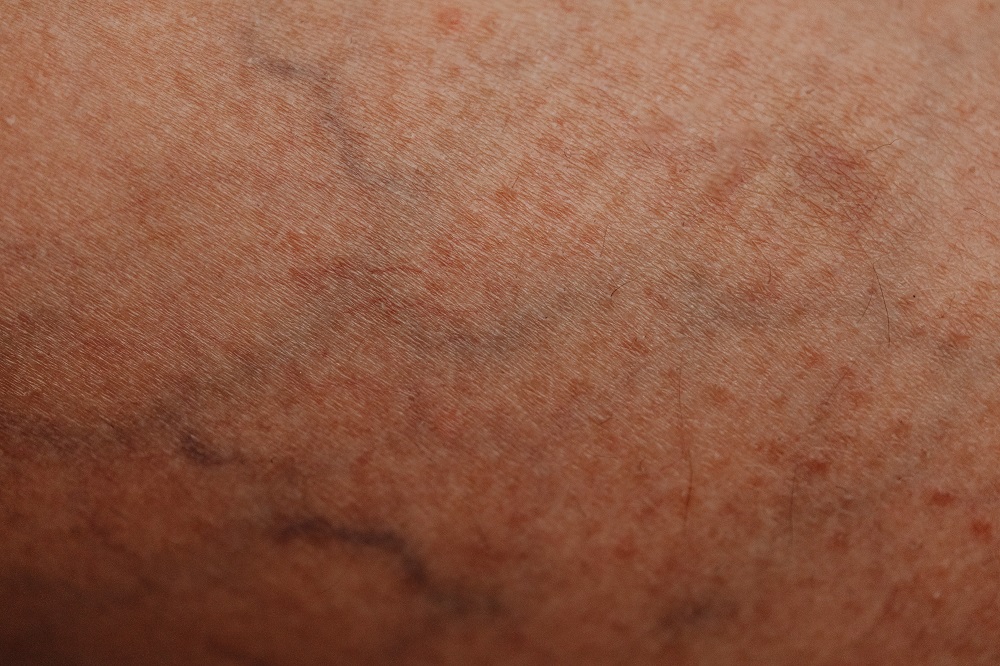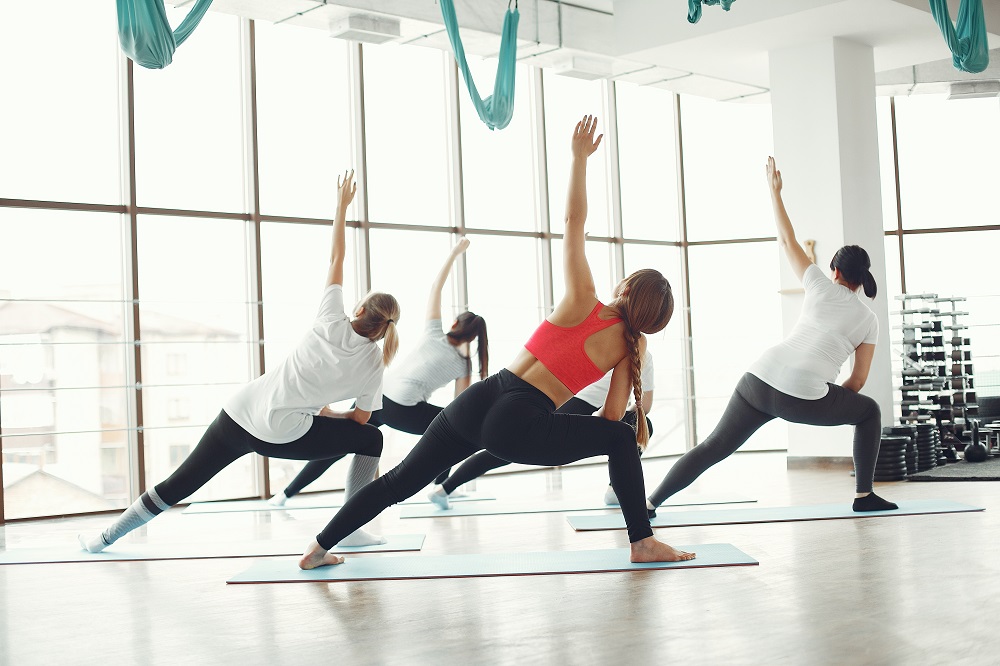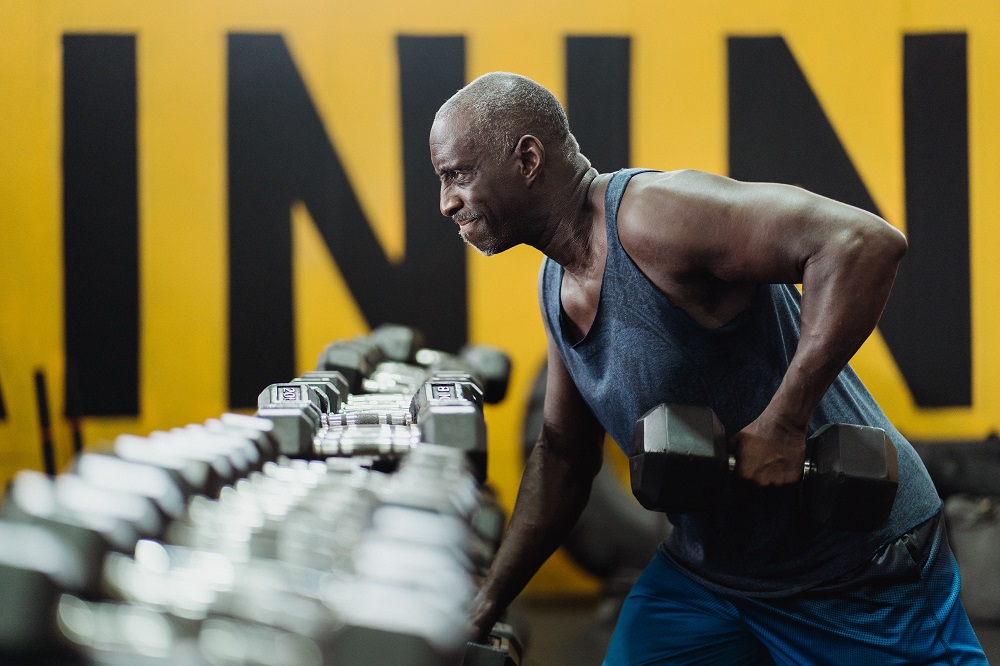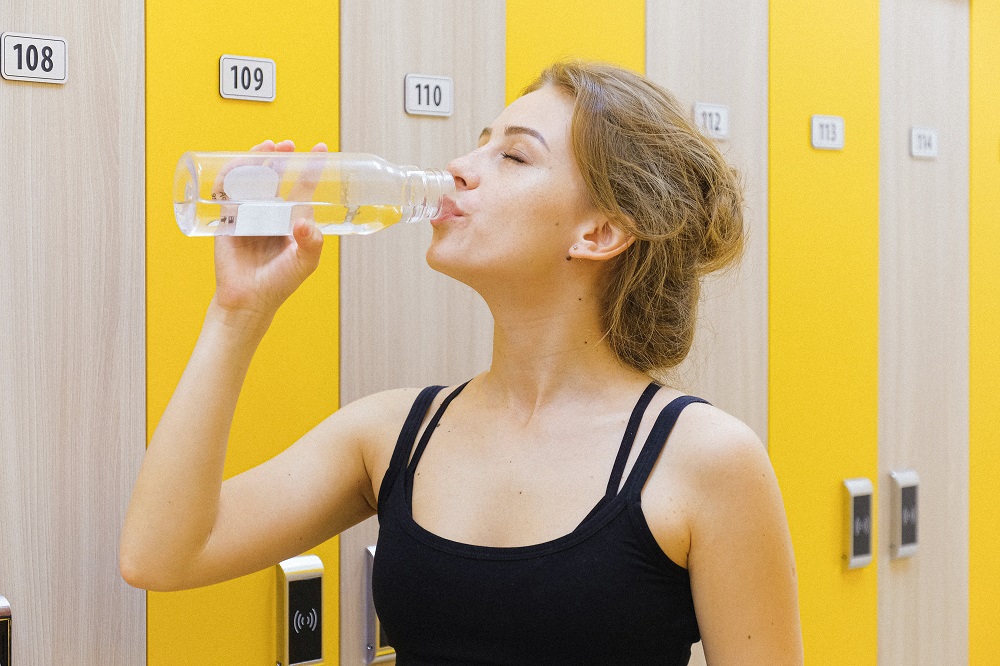Are you looking to build a workout program that promotes vein health while improving your overall fitness? Look no further! This comprehensive guide will take you through the steps necessary to create a healthy and balanced workout program.
Understanding Vein Health
Before embarking on a workout program for vein health, it’s important to have a basic understanding of the importance of veins. Veins are blood vessels responsible for carrying deoxygenated blood back to the heart. Unlike arteries, veins have one-way valves that prevent blood from flowing backward. When these valves are damaged or weakened, blood might flow backward and pool in the veins. Without healthy veins, blood can’t circulate efficiently, leading to various health problems.
Common vein health issues

Several common vein health issues can arise when the veins are not functioning properly. These include:
– Varicose veins
– Spider veins
– Deep vein thrombosis (DVT)
– Chronic venous insufficiency (CVI)
If you are experiencing any of these vein problems, it’s important to seek medical attention from a qualified healthcare provider, and especially experts within this specific domain who operate a specialized practice, such as Elite Vein Clinic.
Introduction to Vein Health and Exercise
When we exercise, our muscles contract and help push blood back toward our heart. This action can help prevent blood from pooling in our veins and improve circulation. Exercise can also help to control our weight, which is important for vein health since excess weight can put extra pressure on our veins.
Assessing Your Fitness Level
Before you start any workout program, assessing your fitness level is important. You can evaluate your fitness level by performing simple tests, such as a timed walk, push-ups, and squats. This will help you determine what exercises are appropriate for you and how much intensity and volume you can handle. You can also consult a naturopathic doctor for a more comprehensive assessment.
Types of Exercises for Vein Health
Several types of exercises are beneficial for vein health. These include:
1. Aerobic Exercises

Aerobic exercises increase your heart rate and make you breathe harder. These exercises are great for improving circulation and reducing the risk of cardiovascular diseases. Examples of aerobic exercises include:
– Walking
– Running
– Cycling
– Swimming
– Dancing
2. Resistance Training
Resistance training involves using weights, resistance bands, or body weight to build muscle. Building muscle can help improve circulation and take some pressure off your veins. Examples of resistance training exercises include:
– Squats
– Lunges
– Push-ups
– Pull-ups
– Bicep curls
3. Flexibility Exercises

Flexibility exercises involve stretching your muscles and joints to improve your range of motion. These exercises can help to prevent injury and reduce blood pressure. Examples of flexibility exercises include:
– Yoga
– Pilates
– Stretching
Building Your Workout Program
Once you have assessed your fitness level and determined what exercises are appropriate for you, it’s time to build your workout program. The following tips will help you create a healthy and balanced workout program for vein health:
1. Start Slowly
If you are new to exercise, it’s important to start slowly and progressively build up your intensity and volume. This will help prevent injury and ensure you can stick with your program.
2. Mix It Up
Variety is key when building a workout program. Try to include a mix of aerobic, resistance, and flexibility exercises to make your workouts exciting and challenging. Also, varying training has a positive effect on keeping you motivated.
3. Focus on Proper Form

Proper form is crucial when it comes to preventing injury and getting the most out of your workouts. Take the time to learn the appropriate form for each exercise. Don’t be afraid to ask for help from a fitness professional.
4. Listen to Your Body
It’s important to listen to your body and adjust your workouts as needed. If something doesn’t feel right or is causing pain, stop and consult with a healthcare professional.
5. Be Consistent
Consistency is key to building a healthy and balanced workout program. Aim for at least 30 minutes of exercise five days a week. If your schedule allows, you can divide your workouts into shorter periods throughout the day.
6. Incorporate Rest Days
Rest days are just as essential as workout days. They give your body time to recover and repair itself. Aim to take at least one or two rest days per week, depending on your fitness level.
7. Stay Hydrated

Staying hydrated is important for vein health since dehydration can decrease blood volume. Drink at least eight glasses of water daily and more if you exercise.
8. Wear Compression Garments
Compression garments can help to improve circulation and reduce swelling in your legs. Specifically, wearing compression stockings can improve exercise performance and reduce after-exercise pain.
Conclusion
A healthy and balanced workout program can help prevent vein problems and promote vein health. You can build a workout program that supports your vein health by incorporating a mix of exercises. Remember that with just a few minutes of exercise a day, you can improve the health of your veins! Start exercising today, and you will soon see changes in your health!